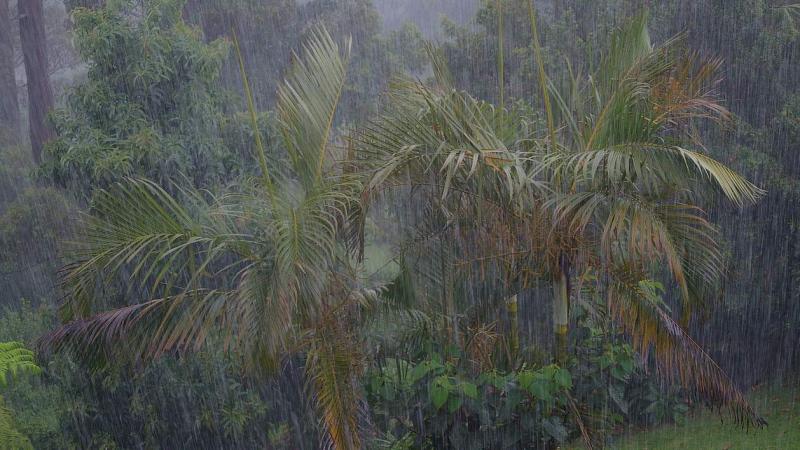
The word monsoon may bring to mind the incessant downpours, the lush green surroundings and the sweet smell of earth. Did you know that India, and South Asia, has two monsoons during the year? Yes, the summer or southwest monsoon from June to September, and the winter or northeast monsoon from October to December. In a recent study, researchers from the Indian Institute of Technology Bhubaneswar have tried to understand the pattern of winter rainfall over the last century.
Although the summer monsoon contributes to a significant part of the rainfall received in India, the winter monsoon brings rain to many parts of South India and adds to about 11% of the total annual precipitation. Parts of coastal Andhra Pradesh, Rayalaseema, south interior Karnataka, coastal Karnataka, Tamil Nadu and Kerala receive about 30-60% of the annual rainfall during this time. These monsoon rains also regulate the agricultural production in these areas.
In this study, the researchers have tried to understand the winter rainfall pattern in these areas and how they are affected by global warming. The study, funded by the Department of Agriculture, Cooperation & Farmers Welfare (DAC&FW), was published in the journal Theoretical and Applied Climatology. The researchers studied various aspects of winter monsoon, like the changes in the rainfall amounts in the region, also called variability of rainfall, and the changes in the local climate, in the southern parts of Peninsular India. They used data of 116 years, from 1901–2016, about the winter monsoon obtained from India Meteorological Department.
The researchers found that the variability of rainfall during the northeast monsoon has increased in the period between 1959–2016. They also observed that the seasonal rainfall has increased over Tamil Nadu, Rayalaseema, as well as south peninsular India because of an increase in the number of high-intensity rainfall events in the recent period compared to that between 1901–1958. However, in the other parts of south peninsular India, the seasonal rainfall has decreased. The study also found that the relationships between the winter monsoon and other climatic phenomena like the El-Niño Southern Oscillations (ENSO), the Indian Ocean Dipole or Indian Niño, and the summer monsoon have weakened in the recent decades after 1988.
The findings of the study could help design strategies for managing the odds associated with the winter monsoon rainfall, say the researchers.
“This study is very useful in determining the effects on various sectors due to the variability of heavy rainfall events over south peninsular India during this season and assists the risk management sectors in adapting advanced technologies for a sustainable future in the present global warming era”, they conclude.





